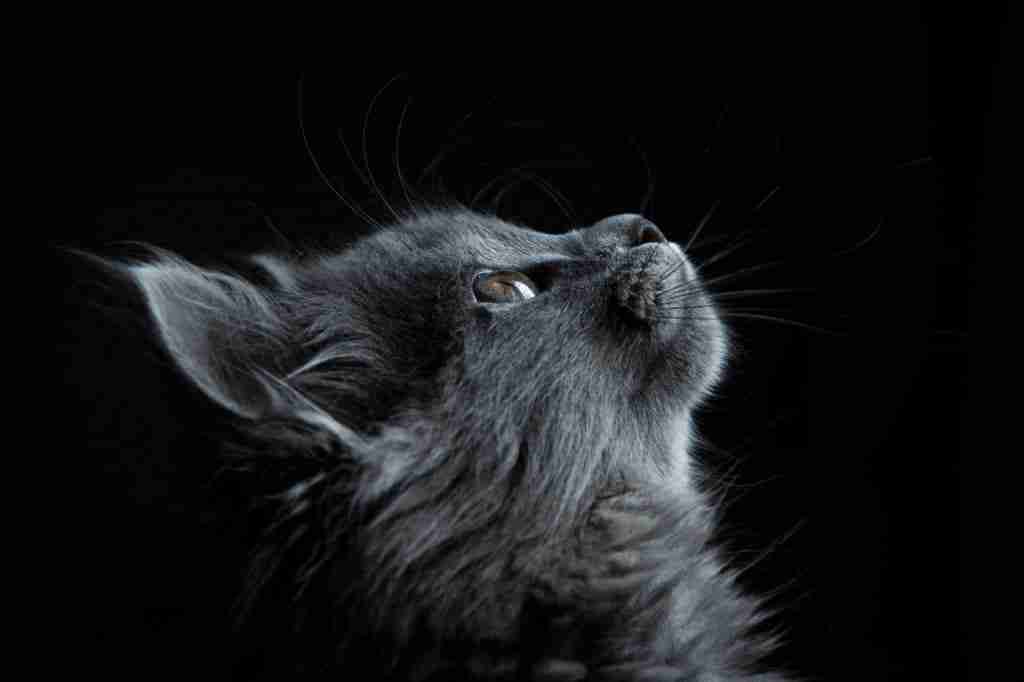If you are asking “how long can a cat go without peeing?” or “how long can cats hold their pee?” it is usually because your cat has stopped peeing or because you are about to go on a long journey and are wondering how long it is safe to leave your cat without access to rest facilities.
How Long?
If your cat has stopped peeing – and you are absolutely sure you are not being fooled – then at the 24-hour point you should seek veterinary help. This 24-hour mark assumes that actually, you didn’t notice for a while before you started to worry, so in reality, your cat might not have been peeing for 24-48 hours at this point. That is in the danger zone and needs medical intervention.
If you are about to embark on a journey and are concerned about how long you can keep your cat cooped up for without access to “relief” then really you should aim for rest stops at a maximum of six-hour intervals. This sort of interval should give your cat the opportunity to urinate on multiple occasions, even if they don’t take advantage of an interval, without endangering their health.
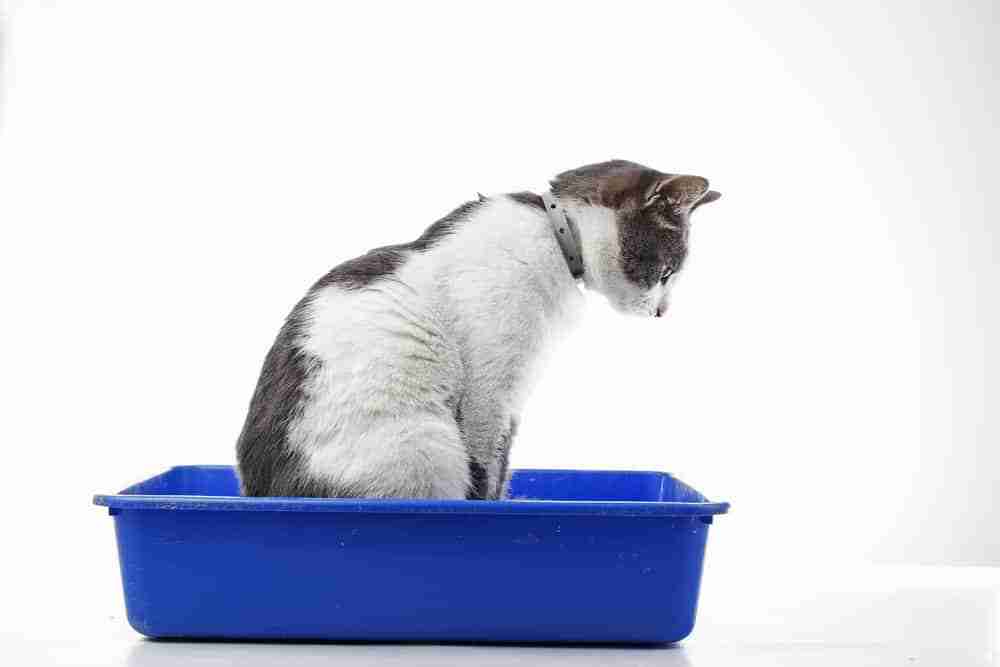
Why Might A Cat Stop Peeing?
It is usually incredibly difficult to spot a cat in trouble until it is way too late – they hide illness and injury very well. On the face of it, it may seem that your cat is happy and untroubled – just not peeing. What factors might be at play that inhibits or stop your cat from peeing?
Stress
Stress can be a common issue that stops cats from peeing. A stressed cat can just suddenly just go into lockdown mode if its surroundings or circumstances change. They can become ultra alert and on edge to any changes or inconsistencies, they might sense.
Part of this lockdown can be not peeing, avoiding areas and activities where they perceive to be vulnerable, going off their food, generally hunkering down in a safe spot, over-grooming, seeking more attention than usual or hiding away more often.
Sometimes stress can be caused by illness, sometimes by loss/grieving for a pal – human or feline, sometimes by traveling, the activity of other cats, changes to daily routine or fear from an unknown environment.
Factors as mundane as a dirty litter tray, a change of litter type or relocation of a litter tray to a spot in which they feel more vulnerable can lead to stress that can stop them from urinating or contribute to nerves that cause them to hold on.
A stressed cat can hold on to pee for 24 hours – if you have been on a journey and your cat has held on the whole way they still may not pee on arrival at your destination until they feel comfortable with their surroundings! A cat stressed by an illness – may be following an operation or vet visit – may be reluctant to pee whilst they lack mobility.
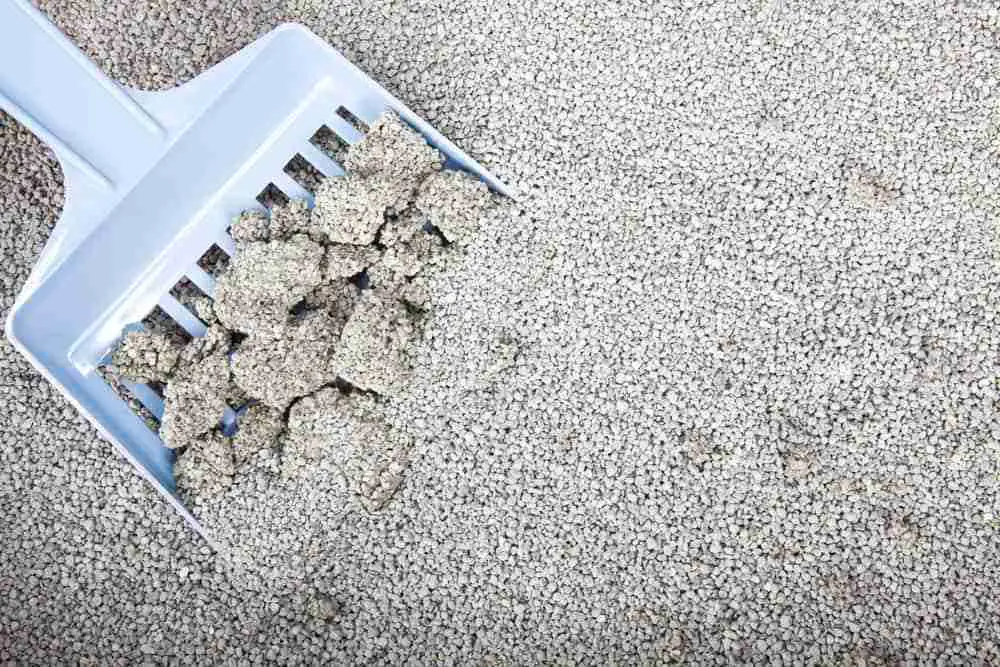
Illness
An illness may be preventing your cat from peeing. In particular, a urinary tract issue (UTI) might be the problem.
UTI is a bit of a coverall term for a multitude of medical problems that might affect a cat and it’s ability to pee. The term can cover issues such as blocked urethra due to urine crystals, bacterial infections of the urinary tract and bladder inflammation – cystitis.
The causes of these UTIs are varied. Urine crystals are thought to form over time when urine is too concentrated as a result of a lack of drinking. These crystals can then block the urethra and prevent urination. This is usually found in male cats although is not unheard of in female cats.
Bacterial infections giving rise to UTI are often a result of underlying conditions such as kidney disease or diabetes, but can also occur due to bladder stones/crystals.
Bladder inflammation can be caused by bacterial issues or just plain stress. When there is no medical reason for the inflammation and the cause is diagnosed as stress this is called cystitis.
Other than UTI, illnesses such as tumors can cause problems. It is very rare, but bladder tumors can block urination and lead to problems.
Often a cat with a UTI or other illness will attempt to urinate – they may enter the litter tray and strain to urinate, sometimes crying out in pain. Often times they will urinate outside the tray to demonstrate that they have an issue. Urine may be cloudy or have blood present. In these cases, you can easily identify the problem and seek help. Instances, where no such clues are given, can be more dangerous.
Cats who develop an ongoing problem with UTI issues can often be put on a urinary tract cat food diet to ease issues. Such a diet can often take 7-21 days to take effect so if your cat has issues get to a vet first and consider the diet change after consultation with the vet. Don’t assume putting your cat on the diet will ease a problem and make it go away without a visit to a vet!
Injury
A simple fall causing spinal injury may damage nerve control of the bladder. Often, after a fall, you might see a cat lame or limping – don’t be tempted to let them walk it off. Get them to a vet in case spinal nerve damage has occurred. Even a heavy fall that simply inflames the spinal area, rather than a critically broken or damaged spine, might be enough to make routine activities impossible. A nasty side effect could be a lack of bladder control.
What Should You Do If Your Cat Stops Peeing?
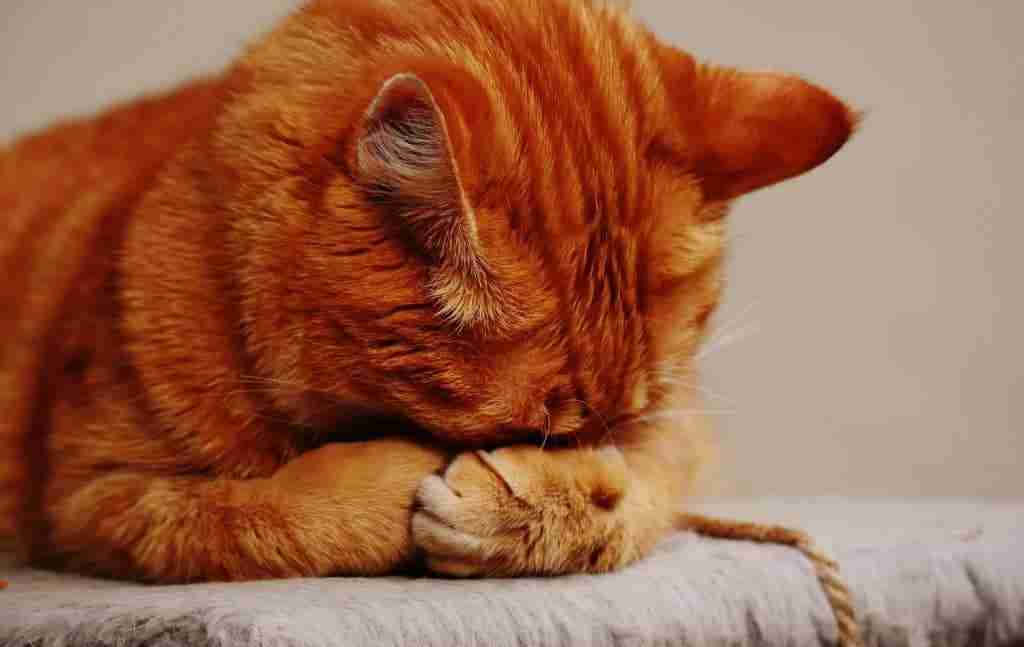
If you think you have seen signs and symptoms of a UTI in your cat then the best course of action is to get to a vet at the earliest available opportunity – it could turn into an emergency!
If you suspect your cat has had a fall, then regardless of potential bladder issues, you should get them checked out as they hide injury very well and could have sustained serious damage.
In all other cases, the first thing to do is to make sure you are not being fooled.
If your cat has access to the outdoors it is very possible they have peed elsewhere and you have not spotted it. If they are an indoor cat, have they been urinating outside the litter box somewhere in the home, in a location that you are as yet unaware of?
Check around the home to be sure they are not peeing elsewhere – look in sheltered or hidden corners, under beds, and in closets, even on your sofa. Has your cat been peeing on your laundry?
For outdoor cats try to keep them indoors for a few hours to ascertain if they genuinely have urination issues.
If you suspect they are not urinating, consider the litter box. Is the box clean and fresh? Is the box away from food? Is the box in a quiet spot where they won’t feel vulnerable? Have you changed the litter recently for a different brand or type? Are they having to share the box with another cat? All these issues could make your cat hold on for a better opportunity to urinate.
If you are sure they are not urinating and have eliminated any non-medical causes or stressors that you can and they are still not urinating then it is essential that you get them to a vet within 24 hours – don’t leave it a day or so and hope for improvement. See the next section for why you should act fast!
How Dangerous Is It If Your Cat Stops Peeing?
A cat that can’t pee is in serious danger! The condition can prove fatal. The potential complications of being unable to pee include burst bladder, kidney failure as a result of system backup and toxins levels rising in the blood as a result of malfunctioning kidneys. Rising toxin levels (acute uremia) could lead to brain damage and untold damage to other vital organs Needless to say, this is all bad – but in many cases treatable if caught in good time!
Whatever you do, do not try to take things into your own hands. Reading the net can lead you to pages that explain how to “express” a cat’s bladder for relief and the like. DO NOT GO DOWN THIS ROUTE! It is just as likely that your attempt to express a cat’s bladder will result in a bladder burst that may prove painful and fatal for the cat.
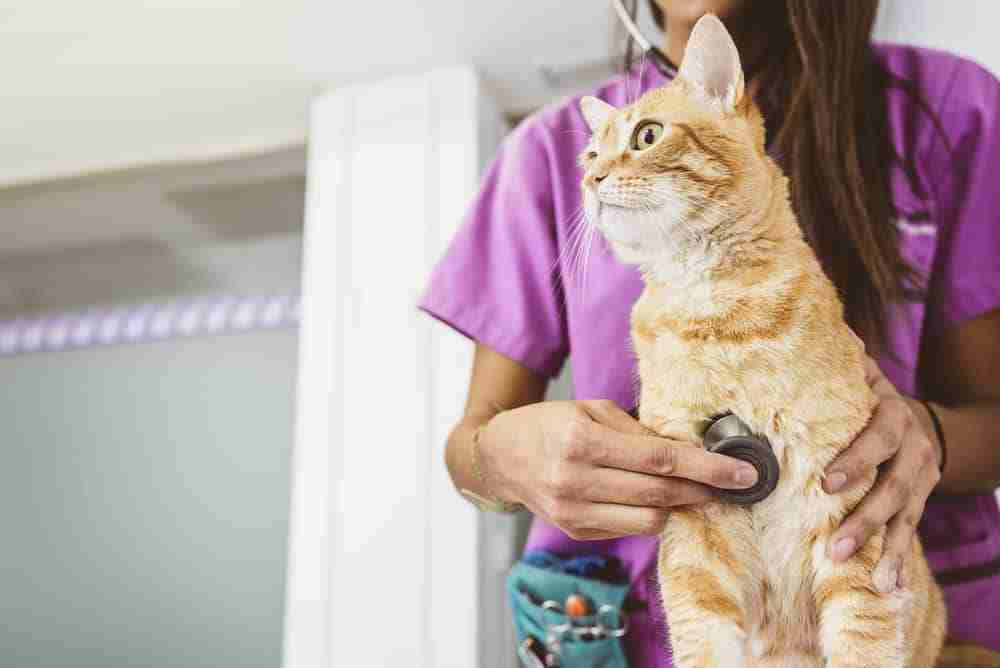
How Might A Vet Treat A Cat That Doesn’t Pee?
If you take a cat into a vet with a suspected urethral blockage (being unable to pee) it will be treated as a major emergency.
The first thing a vet is likely to do is a quick physical exam to confirm the cat has indeed got a full bladder. Once the bladder is confirmed as being full and the problem is no longer suspected but is confirmed, the vet will look to stabilize or revive the cat depending on the state the cat was in when it arrived at the consulting room.
This revival or stabilization will involve medicating the cat whilst monitoring the cat on an ECG trace. The aim of this medication is to protect the heart from failure caused by toxic metabolic imbalances arising from the obstruction.
Once the cat’s heart is stable and protected, the bladder will be emptied. This process will usually involve the cat being heavily sedated to allow a urinary catheter to be introduced to the bladder to allow the bladder to be emptied. The cat will also be given IV fluids for hydration. The catheter will be stitched in place and left in place for 24-72 hours. This will allow urine to be drained off and allow the vet to measure kidney function with a view to controlling the amount of IV fluids introduced to the cat.
Whilst the cat is in this situation they will generally be x-rayed, have blood taken and urine tested. This is to identify the cause of the blockage – were kidney stones or urine crystals responsible? The results will also be useful to identify if any lasting damage to kidneys has occurred.
Assuming the all-clear after 24 – 72 hours, the vet will remove the catheter and monitor the cat for a further blockage. If the cat is fine, happy days. If a blockages occurs again the vet takes things back to square one. If a cat blocks up three times in quick succession then they may end up having a surgical procedure called a “perineal urethrostomy” – essentially, their urethra is reconstructed to create a larger opening so blockages do not occur going forward. This surgery can be expensive but is usually very successful and is only carried out after multiple blockages.
